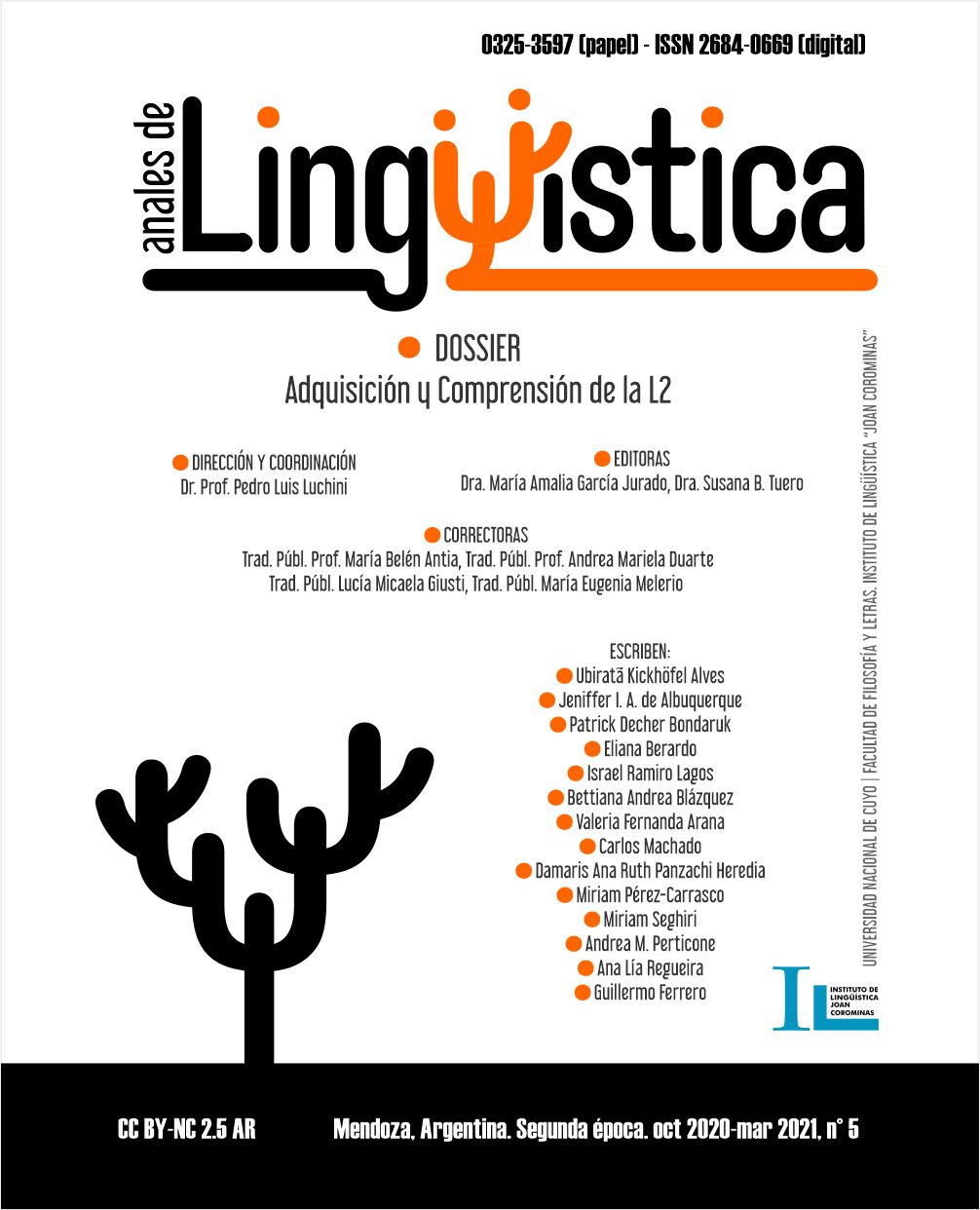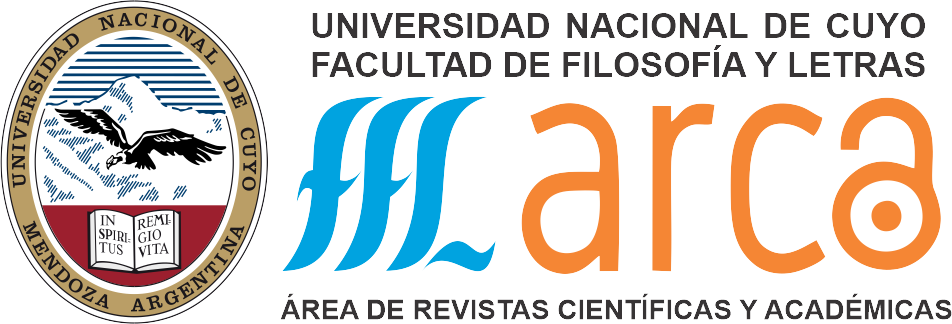EFL writing in college: development of coherence in written texts
Keywords:
writing, English, coherence, content practices, textsAbstract
Many ESL/EFL (English as a Second or Foreign Language) writing classes aim at developing core pillars in the teaching of EFL composition, like coherence. Unfortunately, theory and exposure to written texts [models] may not always be of help. In addition to this, familiarity with the topic might have a negative influence on students’ written prose. The analysis of texts written by two groups of freshmen in two universities indicated that many students experienced more difficulties to compose coherent texts when they wrote about course content than when they wrote the same type of text about a topic of general interest. The question that remains is: which is the role of course content like novels, short stories, and essays in the EFL writing class at university?
References
Bereiter, C. y Scardamalia, M. (1987). The psychology of written composition. Hillsdale: Lawrence Erlbaum Associates, Inc.
Carlino, P. (2005). Escribir, leer y aprender en la universidad. Una introducción a la alfabetización académica. Buenos Aires: Fondo de cultura Económica.
Carlino, P. (2009). Leer y escribir en la universidad, una nueva cultura. ¿Por qué es necesaria la alfabetización académica? Página y Signos, 3 (5), pp. 13-52.
Hall, B. y López, M. I. (2011). Discurso académico: manuales universitarios y prácticas pedagógicas. Lingüística y Literatura, 23, pp. 167-192.
Hayes, J. (2002). A new framework for understanding cognition and affect in writing. En R. Indrisano y J. R. Squire (Eds.). Perspectives on writing: Research, theory and practice. Newark, DE: The International Reading Association.
Hayes, J. (2012). Modeling and remodeling writing. Written Communication, 29 (3), pp. 369-388. Recuperado de https://journals.sagepub.com/doi/10.1177/0741088312451260
Hayes, J. R. y Flower, L. S. (1986). Writing research and the writer. American Psychologist, 41 (10), pp. 1106-1113. https://doi.org/10.1037/0003-066X.41.10.1106
Hjortshoj, K. (2001). The transition to college writing. Boston, MA: Bedford, St. Martin’s.
Huck, G. (2015). What is good writing? Nueva York: Oxford University Press.
Hyland, K. (2009). Teaching and Researching Writing. Harlow: Pearson Education Limited.
Kaplan, R. B. (1966). Cultural thoughts patterns in inter-cultural education. Language Learning, 16, pp. 11-25.
Krashen, Stephen (2004) The Power of Reading: Insights from the Research. Westport, CT: Libraries Unlimited Print.
Liangprayoon, S., Chaya, W. y Thep-ackraphong, T. (2013). The effect of topical structure analysis instruction on university students’ writing quality. English Language Teaching, 6 (7), pp. 60-71. Recuperado de https://www.sciencedirect.com/
Scardamalia, M. y Bereiter, C. (1992). Dos modelos explicativos de los procesos de producción escrita. Infancia y aprendizaje, 58, pp. 43-64.
Van Dijk, T. (1980). Estructuras y Funciones del Discurso. Una Introducción Interdisciplinaria a la Lingüística del Texto y a los Estudios del Discurso. México: Siglo XXI Editores.
Downloads
Published
How to Cite
Issue
Section
License
Copyright (c) 2021 Anales de Lingüística
Esta obra está bajo una Licencia Creative Commons Atribución 2.5 Argentina.
Los/as autores/as que publican en esta revista están de acuerdo con los siguientes términos:
1. Los/as autores conservan los derechos de autor y garantizan a la revista el derecho de ser la primera publicación del trabajo bajo una licecncia Creative Commons Atribución 2.5 Argentina (CC BY 2.5 AR) . Por esto pueden compartir el trabajo con la referencia explícita de la publicación original en esta revista.
2. Anales de lingüística permite y anima a los autores a difundir la publicación realizada electrónicamente, a través de su enlace y/o de la versión postprint del archivo descargado de forma independiente.
3. Usted es libre de:
Compartir — copiar y redistribuir el material en cualquier medio o formato
Adaptar — remezclar, transformar y construir a partir del material para cualquier propósito, incluso comercialmente.












